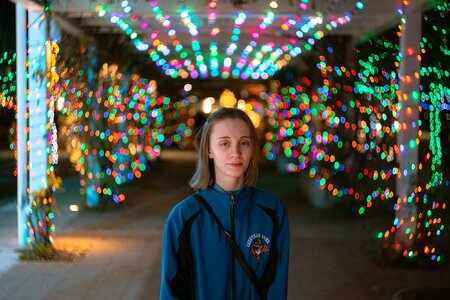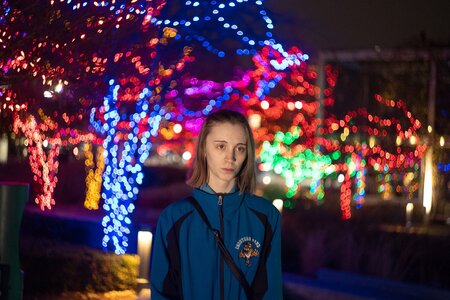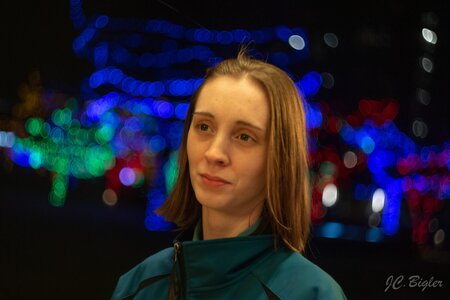Pro Member
- Followers
- 2
- Following
- 0
- Joined
- Mar 31, 2023
- Posts
- 89
- Likes Received
- 357
- Name
- Yang Mills
- City/State
- East Anglia, UK
- CC Welcome
- Yes
One of the things that going mirrorless has allowed me to do is to use vintage lenses. You can get RF adapters for several different old mounts, for example the M42 screw mount. This allows me to adapt the lenses to work on R bodies. Focusing is manual of course, but the EVF offers a couple of focusing aids (focus peaking and magnification). Aperture setting is also manual on the lens, but exposure can be automatic via Manual with Auto ISO. You’re not going to shoot sport or kids running around this way, but it works well for landscape, still life, flowers and gardens and so on – even street.
Why do it? After all, most vintage lenses don’t have the sharpness and contrast of modern lenses, at least not wide open. One reason to do it is because you can – it adds interest and a different sort of challenge. I like to use old lenses in the same way as I like to wear old watches. Another reason is that some vintage lenses are available at very reasonable cost and work as well as modern lenses in some applications and they are light and small. Vintage lenses are often beautifully made and are a joy to use. For me, the most important aspect is the optical character of the old lenses – especially wide open or nearly wide open they render differently from modern lenses. There is a fashion in modern portrait, wildlife and flower photography to render the background into a smooth featureless blur and to make the in-focus areas bitingly sharp. The attraction of some of the older lenses is in the character of the out of focus areas. Old lenses are sharp enough away towards the centre wide open, or across the frame stopped down, but not so sharp that they show every blemish in the subject.
My favourite old lens is my Helios-44M-2 58mm f/2, which I bought in 1971 with my first SLR, the Soviet-era 35mm Zenit-B (manual throughout with no exposure meter, £25 all in with lens). These Helios lenses were made in vast quantities for several decades and exported in floods to the West. Good examples are readily available at a very reasonable cost (beware of fungus and sticky focus and aperture mechanisms). They are a Soviet copy of the Carl Zeiss Biotar 6 element double Gauss formula, which was first produced in 1937. The design creates a unique bokeh effect which I love. You can judge for yourself in the sample shots below whether you like it too. Go here for everything you need to know about the Helios 44. Mine was put away in a cupboard unused for 35 years – now it’s on my R6 quite often.
Here is the Helios on my R6:


Other old lenses I own include the Carl Zeiss Jena trilogy: Flektogon 35mm f/2.5, Tessar 50mm f/2.8 and Sonnar 135mm f/3.5; and the Optomax 200mm f/4.5 which makes a good outdoor portrait lens. I’m on the lookout for an original early Zeiss Jena Biotar, ancestor of the Helios. Anyway, here are some samples of shots with the Helios and an image showing it mounted on my R6. For me, the attraction is the way that it renders things, not just in the far background, but immediately out of focus. Check out the quince blossom shots in particular.
Here are sample shots with the Helios, all shot at f/2 or f/2..8:




Why do it? After all, most vintage lenses don’t have the sharpness and contrast of modern lenses, at least not wide open. One reason to do it is because you can – it adds interest and a different sort of challenge. I like to use old lenses in the same way as I like to wear old watches. Another reason is that some vintage lenses are available at very reasonable cost and work as well as modern lenses in some applications and they are light and small. Vintage lenses are often beautifully made and are a joy to use. For me, the most important aspect is the optical character of the old lenses – especially wide open or nearly wide open they render differently from modern lenses. There is a fashion in modern portrait, wildlife and flower photography to render the background into a smooth featureless blur and to make the in-focus areas bitingly sharp. The attraction of some of the older lenses is in the character of the out of focus areas. Old lenses are sharp enough away towards the centre wide open, or across the frame stopped down, but not so sharp that they show every blemish in the subject.
My favourite old lens is my Helios-44M-2 58mm f/2, which I bought in 1971 with my first SLR, the Soviet-era 35mm Zenit-B (manual throughout with no exposure meter, £25 all in with lens). These Helios lenses were made in vast quantities for several decades and exported in floods to the West. Good examples are readily available at a very reasonable cost (beware of fungus and sticky focus and aperture mechanisms). They are a Soviet copy of the Carl Zeiss Biotar 6 element double Gauss formula, which was first produced in 1937. The design creates a unique bokeh effect which I love. You can judge for yourself in the sample shots below whether you like it too. Go here for everything you need to know about the Helios 44. Mine was put away in a cupboard unused for 35 years – now it’s on my R6 quite often.
Here is the Helios on my R6:
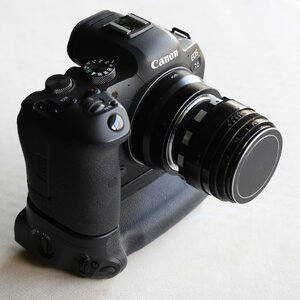
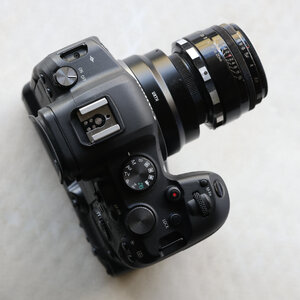
Other old lenses I own include the Carl Zeiss Jena trilogy: Flektogon 35mm f/2.5, Tessar 50mm f/2.8 and Sonnar 135mm f/3.5; and the Optomax 200mm f/4.5 which makes a good outdoor portrait lens. I’m on the lookout for an original early Zeiss Jena Biotar, ancestor of the Helios. Anyway, here are some samples of shots with the Helios and an image showing it mounted on my R6. For me, the attraction is the way that it renders things, not just in the far background, but immediately out of focus. Check out the quince blossom shots in particular.
Here are sample shots with the Helios, all shot at f/2 or f/2..8:
- Canon EOS R6
- 1/1000 sec
- ISO 125
- Canon EOS R6
- 1/2000 sec
- ISO 1250
- Canon EOS R6
- 1/2000 sec
- ISO 640
Last edited:

